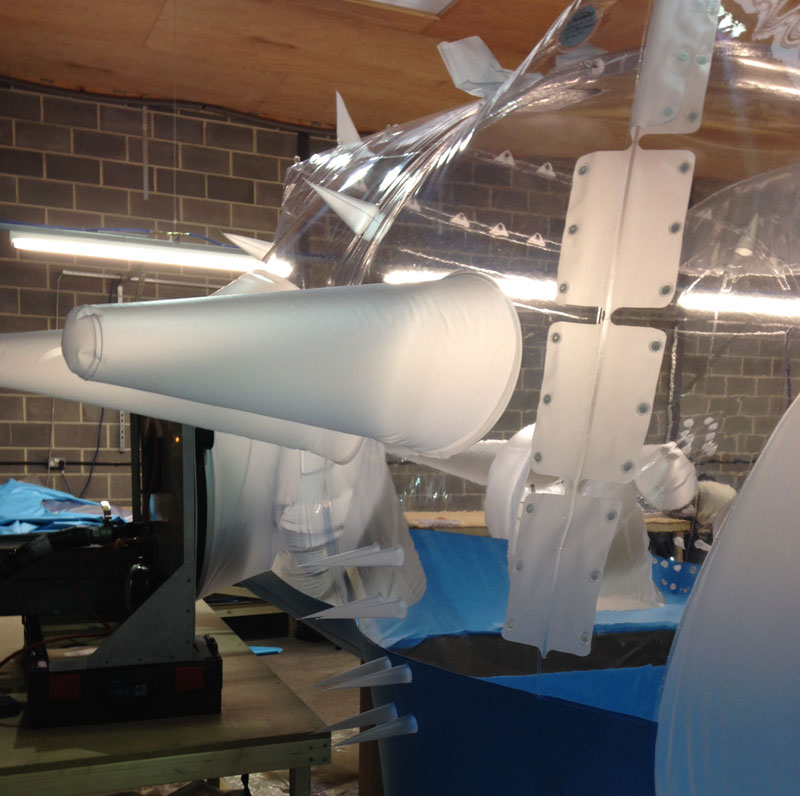 In short, Plastic welding is the process of creating a molecular bond between two compatible thermoplastics.
In short, Plastic welding is the process of creating a molecular bond between two compatible thermoplastics.
There are three main steps to any weld: pressing, heating, and cooling. Here at Flexiplastics we use high frequency welding (otherwise known as radio frequency) to combine the two polymers.
The application of pressure, which is often used throughout both the heating and cooling stages, is used to keep the parts in the proper orientation and to improve melt flow across the interface.
The purpose of the heating stage is to allow intermolecular diffusion from one part to the other across the faying surface (melt mixing).
Cooling is necessary to solidify the newly formed bond; the execution of this stage can have a significant effect on weld strength.
Pressure
- Pressure is essential in ensuring the longevity and security of a weld. The use of pressure during the weld serves multiple purposes, these include:
- Flattening the surface harshness to increase part contact at the join point
- Maintains orientation of part, significant in ensuring accuracy in the end product
- Compresses the melt layer to encourage intermolecular diffusion between the two plastic layers
- Prevents formation of voids from part shrinkage during cooling
Heating
- It is crucial to the plastic welding process to form a melt layer this allows intermolecular diffusion and the formation of a molecular bond. In the solid state, polymer chains cannot flow, which if why heating is vital. Hence, the joint surface on both of the parts must be melted to allow the plastic molecules to diffuse across the interface and bond with molecules of the other part. The hotter the melt is, the more molecular movement is achieved, resulting in a quicker weld, ensuring you allow time for cooling.
- In all types of plastic welding, only a thin layer of the parts are melted near the joint. This is practical and preferable for the following reasons:
- Heating only a small area takes less time, and reduces cooling time
- Limiting the melt also reduces the heat affected zone of the material
- Prevents excess shrinkage or warping during cooling
- Allows rigid support of the part during welding
Radio/High Frequency Welding
- This type of welding is widely used here at Flexiplastics. This weld will only work with thermoplastics that have a high dielectric constant. In this process, an electric field is generated near the join, the direction of which is alternated approximately twenty-seven million times a second. Every time the electric field changes, the molecules of the polymer attempt to flip around to realign themselves to the new field orientation. Because this movement is impaired by friction, the molecules do not flip in unison. This constant relative movement of the molecules results in intermolecular friction. This friction results in heat and subsequently melting. Radio Frequency welding typically has weld cycle times from two to five seconds.
Cooling
- During the cooling stage, the bonded polymer hardens into one solid part which completes the weld. The rate of cooling will affect the final microstructure. The pressure applied during this stage, the time allotted for it prior to putting the part under stress, and the rate of cooling all have significant effects on the final weld strength.
